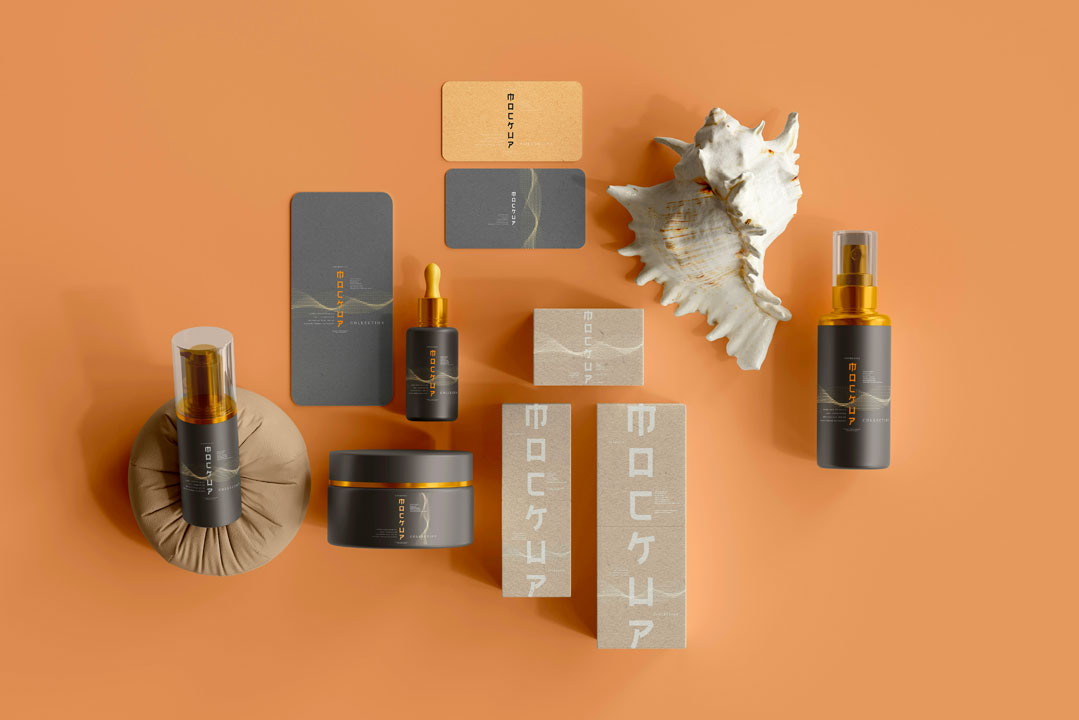I was sitting with a founder last week who asked me the most honest question about their new site: "Does this feel too 2024?" We both laughed, but there was something real underneath it. The visual language of the web is shifting faster than ever, and what felt fresh six months ago can suddenly feel stale.
Looking ahead at webflow design trends for 2026, the conversation isn't really about aesthetics anymore. It's about how brands create digital spaces that feel alive, intelligent, and weirdly human in an increasingly automated world.
"The best websites don't just present information—they create a mood".
The Shift from Decoration to Behavior
Here's what I'm seeing in the studios and startups doing interesting work: the decorative web is dying. Those perfectly crafted micro-animations and gradient meshes that defined the last few years? They're becoming background noise. The webflow design trends emerging now are about behavioral design—sites that respond, adapt, and almost seem to think.
Take what Pentagram did with their recent digital work. Instead of adding more visual complexity, they stripped everything back and focused on how content moves through space. The result feels more like a conversation than a presentation.
This isn't minimalism—it's something else. It's design that disappears until you need it, then appears exactly where your brain expects it to be.
Fluid Typography and Living Text
Typography is having its biggest moment since web fonts became a thing. But we're not talking about choosing between Inter and Söhne anymore. The new wave is about text that breathes, stretches, and responds to context.
I've been experimenting with variable fonts that shift weight based on scroll depth, creating this subtle sense of momentum as you read. One startup we worked with at Metabrand built their entire identity around typography that gets bolder as their product messaging gets more confident. It's subtle, but visitors feel it.
The technical capabilities in Webflow now let designers treat text like a living organism rather than static content. Watch for brands using typography as their primary design element—no images, no illustrations, just words that move.
The most sophisticated brands are learning that restraint is the ultimate flex. When everyone else is adding, they're subtracting.
Dimensional Interfaces Without the Gimmicks
Remember when everyone was obsessed with brutalism? Then neubrutalism? The pendulum is swinging toward something I'm calling "soft dimensional"—interfaces with depth that doesn't scream for attention.
The best examples use light and shadow like a film director uses lighting. Subtle depth cues that make you want to reach out and touch elements. Not the heavy drop shadows of 2015 or the flat design of 2020, but something in between that feels tactile without being skeuomorphic.
Arc browser's website nails this—every element feels like it exists in real space without trying to literally recreate physical objects.
AI-Native Design Patterns
Here's the uncomfortable truth: AI is changing how we design faster than most designers want to admit. The emerging webflow design trends aren't just accommodating AI—they're being shaped by it.
Smart brands are building design systems that can handle dynamic, AI-generated content without breaking. Think layouts that gracefully adapt to different content lengths, image ratios, and even tonal variations in copy.
I recently saw a startup preview where their entire homepage reorganizes based on visitor behavior patterns learned from previous sessions. Not personalization in the creepy tracking sense, but genuine adaptive design that makes the experience better each time you visit.
The Return of Personality
After years of every startup looking like they hired the same designer, personality is making a comeback. But it's not the quirky illustrations and custom cursors of the early 2020s. It's deeper—brands finding their voice through interaction design and motion.
The webflow design trends I'm most excited about are the ones that make you smile. Little moments of delight that feel human-crafted even when they're systematically generated. One fashion brand we studied loads their product pages with a subtle "unwrapping" animation—different every time, like opening an actual package.
The tools are finally catching up to the ambition. Webflow's interaction capabilities mean these aren't just concepts anymore—they're buildable, scalable, and don't require a team of developers to maintain.
The web in 2026 won't look radically different from today, but it will feel different. More responsive, more intelligent, more aware. The brands that win will be the ones who understand that design isn't about following trends—it's about creating spaces where people actually want to spend time. The rest is just decoration.










